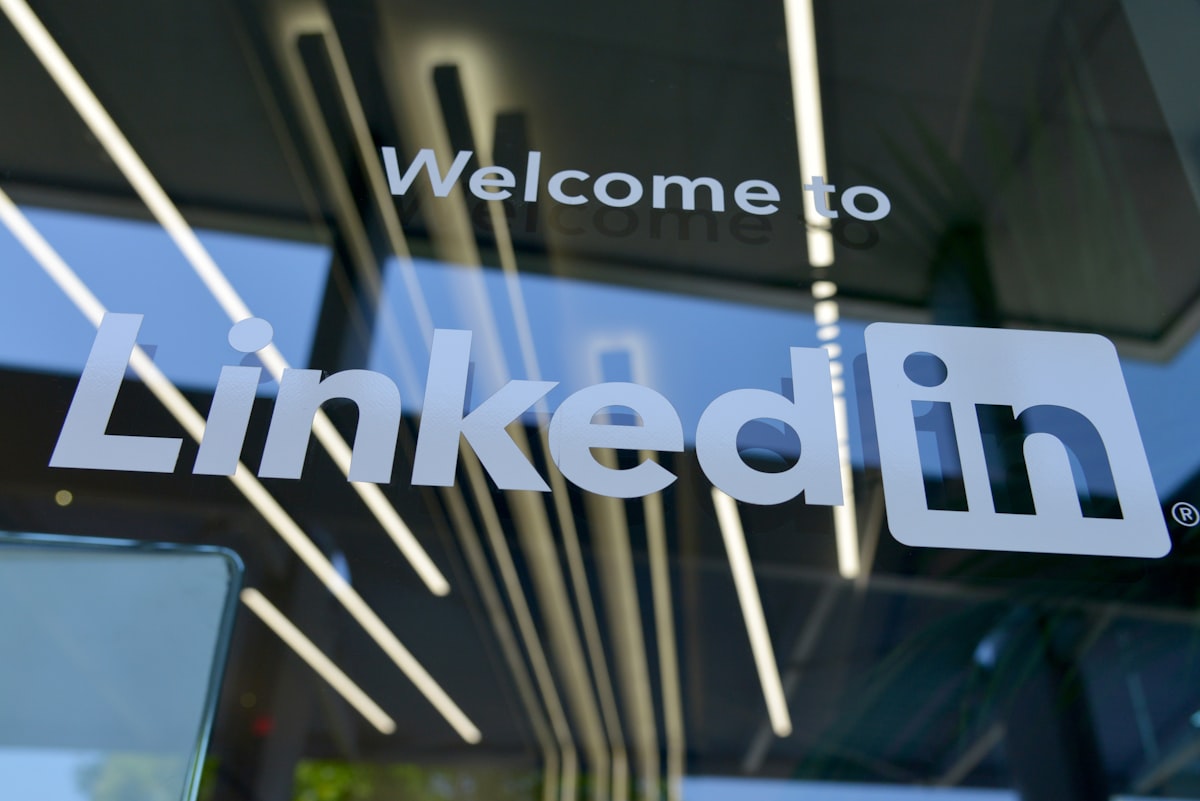LinkedIn's gravity pull for business (and consultants)

This week, in the limited series on consulting I'm running with 30 of you, we talked about using LinkedIn to activate your network. I should have mentioned an article I wrote a few months ago about The Verge redesign.

Their core idea was to bring back conversations to their content—all the time. It was quite interesting to see a media with such high stakes in dealing with X (Twitter at the time) or Facebook decide to disinvest efforts from social algorithms and news aggregators to concentrate on writing and connecting back to their core audience.
Long story short (read the aforementioned article), I decided to take some cues from what they were doing. I try now to consistently publish both a deep-dive article weekly and daily short hot takes. I started to put way more effort into the weekly newsletter, too. We've switched from WordPress to Ghost to prioritize writing and getting content out online. Innovation Copilots website is now a content repository illustrating how we see technology, digital, innovation, and business culture to potential customers (and, sometimes even more importantly, keep us connected to past ones!). It's more and more the backbone of our relationship with the market.
But there's still a price to pay: being active on LinkedIn to get messages out and feed Microsoft's algorithm with ideas and content so that eyeballs (and clicks) can circle back to us. At this point, it's difficult to escape LinkedIn's gravity pull for any B2B service company (consulting very much included).
I personally don't see it as a struggle or a threat, but it's true that LinkedIn is a mixed blessing. The way the current algorithm is working is still about how much an article gets liked and commented on within the first hour of publication, leading to the rise of click-baity stuff. We're not entirely in Instagram mode, but closer and closer every day, it seems.
Hell, the article I recently posted on LinkedIn that had the most likes (186), comments (61), and views (42,894) was an article that literally has only five characters. Not words. Characters.

But hey, again, it's OK to have fun with the algorithm sometimes.
On the other hand, I was about to make a very short post this morning on Linkedin to resurface one or two old articles from our blog. I ended up stopping mid-sentence, closing LinkedIn, and writing this here instead to develop what should have been a simple comment about The Verge into me sharing a few more ideas...
Now, I'm going to post a short introduction to this article on LinkedIn so that you can come here and read it 🙃






